If you’re the type that likes to hop in the car on Saturday morning and hit the backroads for some fun and adventure, keep reading. Just a few hours north of San Francisco lies one of the best weekend getaway regions in the state: Mendocino County. With more than 4,000 square miles of pristine wilderness, breathtaking coastal vistas, towering redwoods, quaint towns and villages, and world-class food and wine, Mendocino offers endless adventures. Here are a few of our top picks.
Featured Photo: Courtesy of Jason Ortego
Mendocino
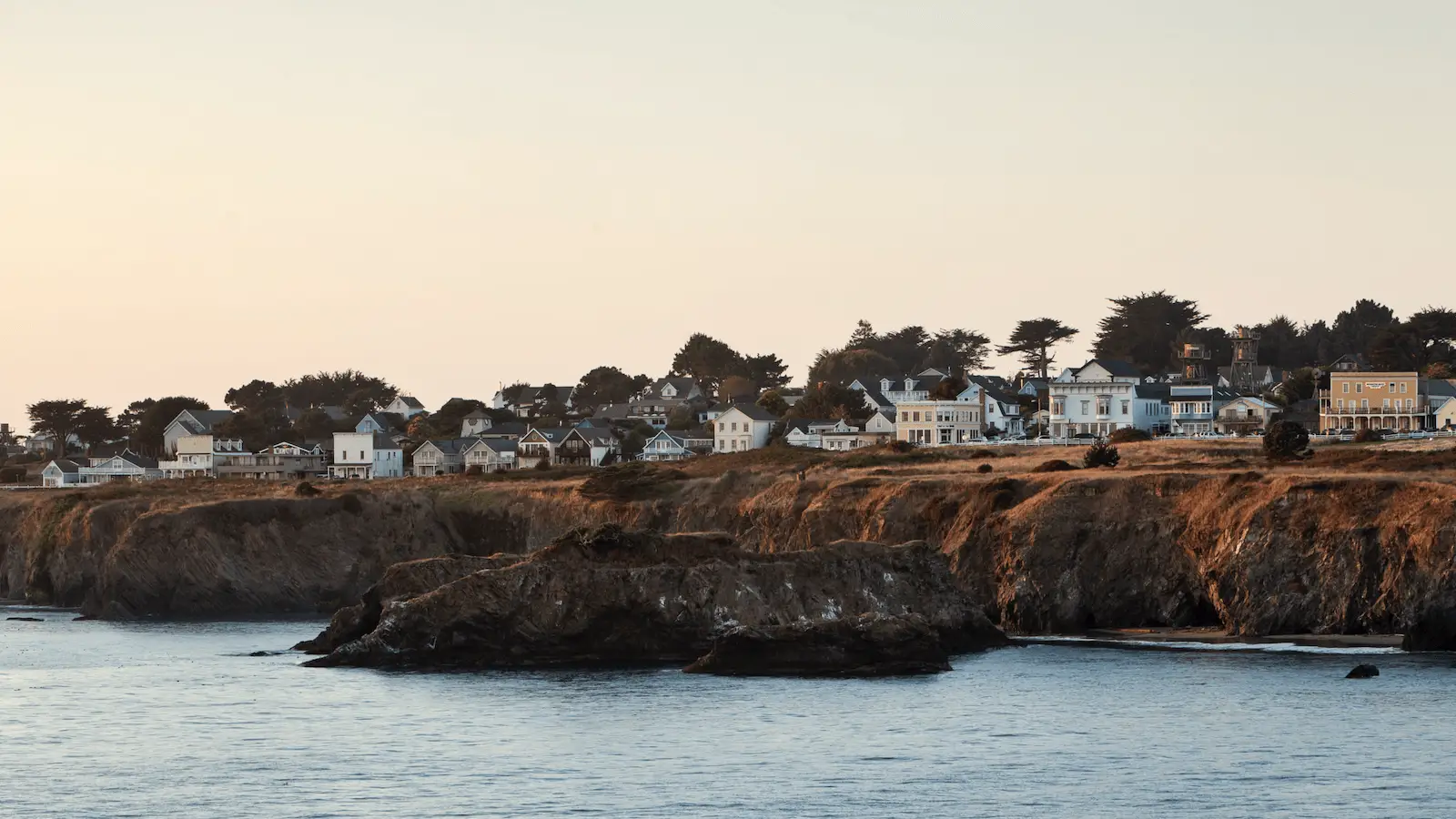
The darling of Northern California’s coastal towns, this surprising doppelgänger of a New England village with clapboard homes and shops is understandably the region’s most popular tourist destination. To tour Mendocino proper, lose the car and head out on foot to the GoodLife Cafe & Bakery. Fuel up with a macchiato and housemade New York-style bagel, then start walking. Although chock-a-block with boutiques, art galleries and cafes, the retail district of Mendocino is so small, it can be covered in less than an hour.
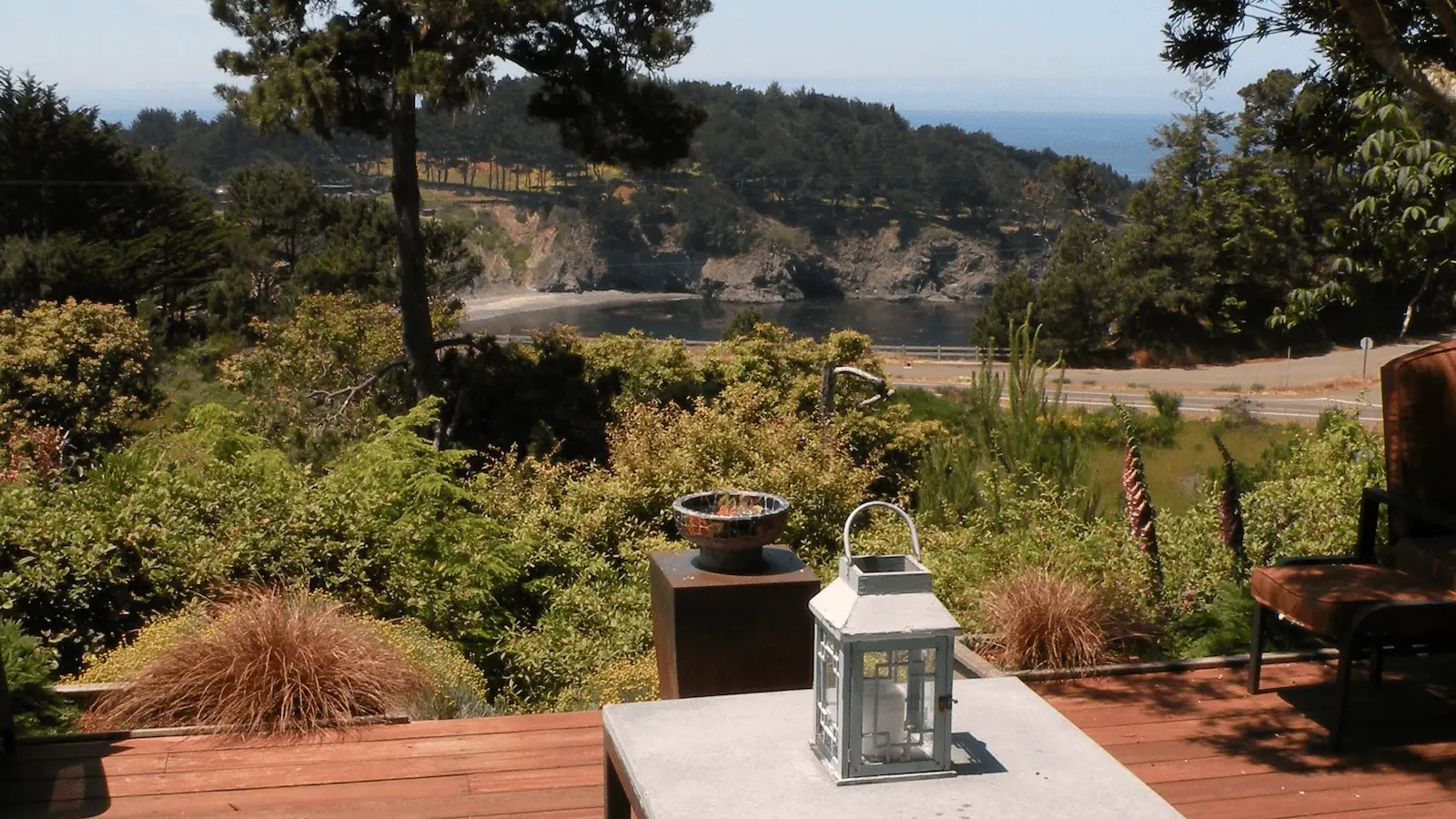
One must-do while you’re in town is a visit to Mendocino Headlands State Park. The 347-acre oceanfront park borders three sides of town, with a flat, 3-mile trail that winds along the edge of a heather-covered bluff that provides spectacular sunset views and good lookout points for spotting seabirds and migratory whales. For lodging, check out the Stanford Inn by the Sea, a beautiful lodge along the Big River that happily welcomes pets and has the only fine-dining vegan restaurant on the Mendocino coast, Ravens Restaurant. Couples, foodies and fans contemporary Arts & Crafts architecture will appreciate a stay just a little farther outside of town at the Brewery Gulch Inn, on 10 acres overlooking Smuggler’s Cove.
Gualala
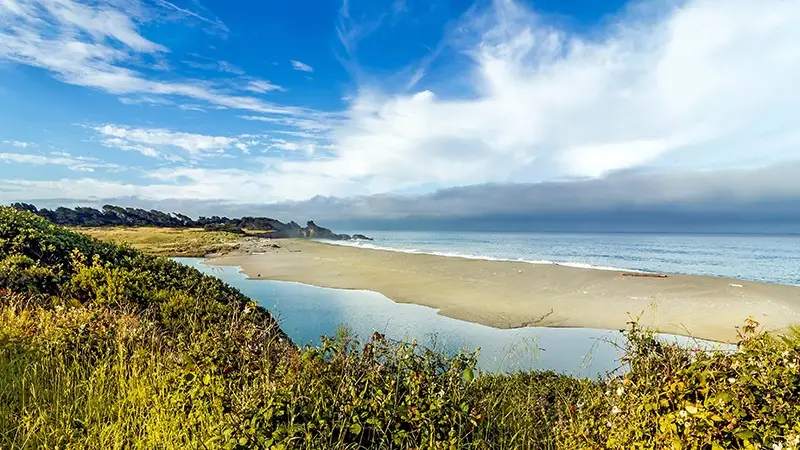
Back in the old days the small coastal community of Gualala (pronounced wah-LAH-lah) was a vivacious logging town, but water sports and seafood are the reasons to stop here now. Rent a canoe or kayak at Adventure Rents and spend the day paddling up the beautiful and serene Gualala River. Along its banks you’re likely to spot osprey, herons, egrets, ducks, and even river otters (you will love this experience). Afterwards, enjoy hearty fare like the rockfish burrito or grilled prawns sandwich at Gualala Seafood Shack, or salmon fish and chips and clam chowder at Cove Azul Bar & Grill.
Point Arena
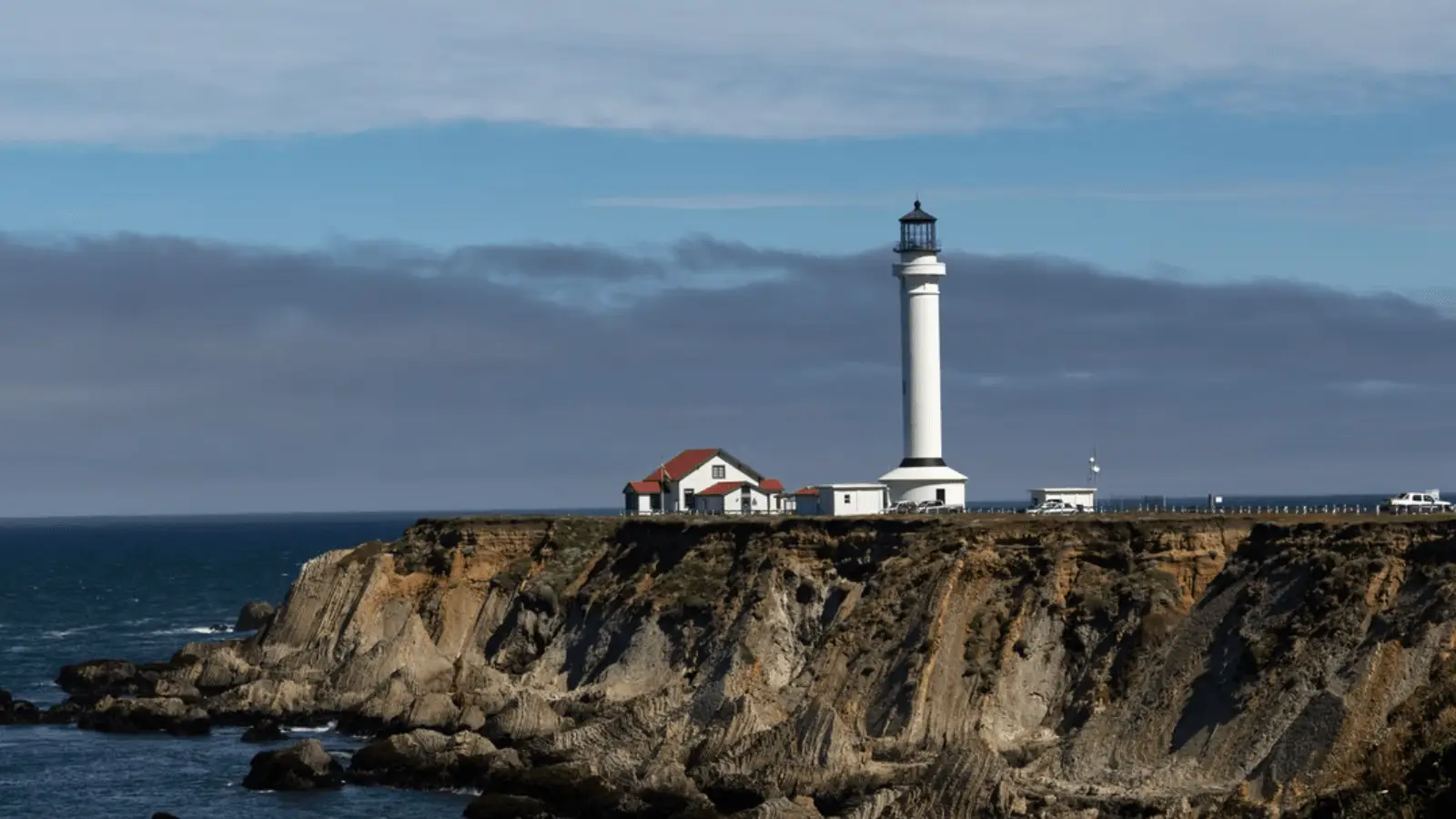
About 15 miles north of Gualala is one of the smallest incorporated cities in California, Point Arena. The town’s highlight is the Point Arena Lighthouse, which was built in 1870 after 10 ships ran aground here on a single stormy night. For $5 for ages 12 and up, visitors can tour a 23-acre site that includes the old Fog Signal Building, now a museum housing the lighthouse’s original Fresnel lens and other nifty displays; a native plant garden, coastal trails with interpretive signs, labyrinth and gazebo. Due to Covid, tours of the six-story lighthouse tower are currently on hold. When available again, plan to trek up 145 steps to look through the dazzling 6-foot-wide lead-crystal lens and take in amazing views. Bonus: On-site vacation rentals include three former assistant lighthouse keepers’ three-bedroom, two-bath cottages and four other remodeled historic accommodations.
Little River Blowhole Trail
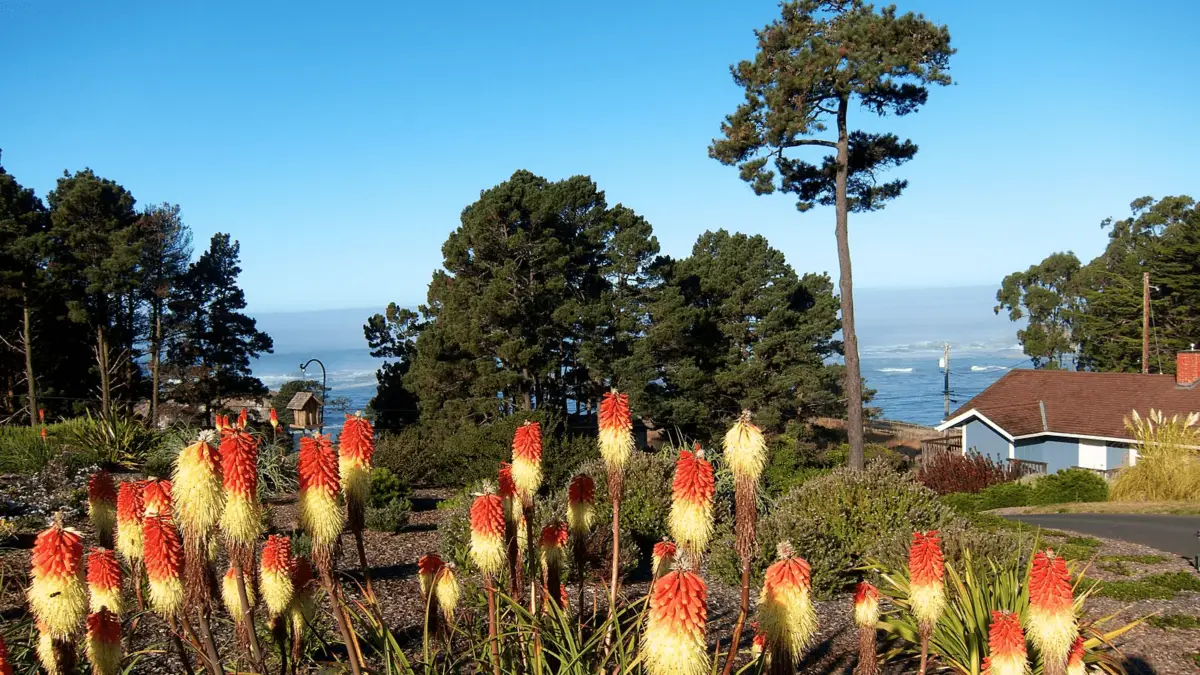
There’s a secret in the tiny town of Little River that will astound you: the Little River Blowhole Trail, a half-mile trail to an amazing natural phenomenon that hardly anybody knows about. Less than a half-mile long, the trail leads from the northwest corner of the Little River Cemetery to ocean bluffs and a 60-foot deep sinkhole, also known as a punchbowl, called “blowhole” here. At low tide you can spy its tunnels to the tide pools at the bottom of the bluff, and at high tide you can watch waves blast through. Stay on the trail (poison ivy awaits just off it) and don’t try to enter the still-eroding, dangerous sinkhole.
Little River is also home to a welcoming family-owned and -operated resort, Little River Inn & Restaurant, complete with a nine-hole golf course, two lighted tennis courts, restaurant, bar and massage services. The nearby Inn at Schoolhouse Creek is also a wonderfully romantic place to stay, especially in one of its adorable cottages.
Fort Bragg
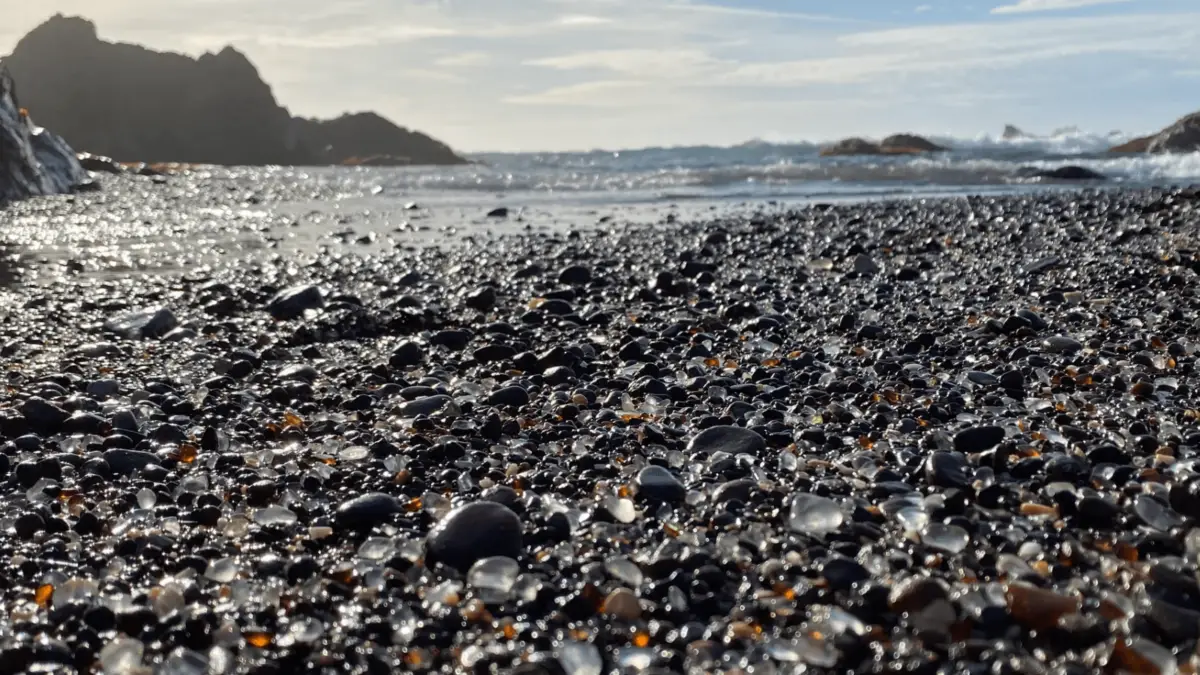
Originally built in 1855 as a military outpost, Fort Bragg is still primarily a logging and fishing town proud of its long timber-and-trawler heritage. Your first stop should be Noyo Harbor, to book a whale-watching or fishing trip at Fort Bragg Fishing and nosh on great fish and chips at places like Noyo Fish Company or the dockside Sea Pal Cove. Then cruise the shops on Antique Row on Franklin Street between Laurel and Redwood or take the kids for a ride through the redwoods on the Skunk Train. Active or semi-active types will want to hop one of the Skunk Train’s electronically assisted railbikes and pedal their way atop the tracks and over trestles to a sylvan picnic spot; your dog can even come with, thanks to a special trailer.
Toast your excursions later at the North Coast Brewing Company, whose Main Street pub offers great food and beer, plus dog-friendly outdoor seating with heaters for chilly weather. For lodging, the Noyo Harbor Inn is a beautifully renovated Craftsman gem that overlooks the harbor, Noyo River bridge and ocean. Bonus: It also provides excellent all-day dining (plus Prohibition-inspired cocktails) at the Harborview Bistro and Bar. For even more of a getaway, book a suite at the Inn at Newport Ranch, a blissful retreat on 2,000 acres 10 miles north of town, including 1.5 miles of coastline.
Willits
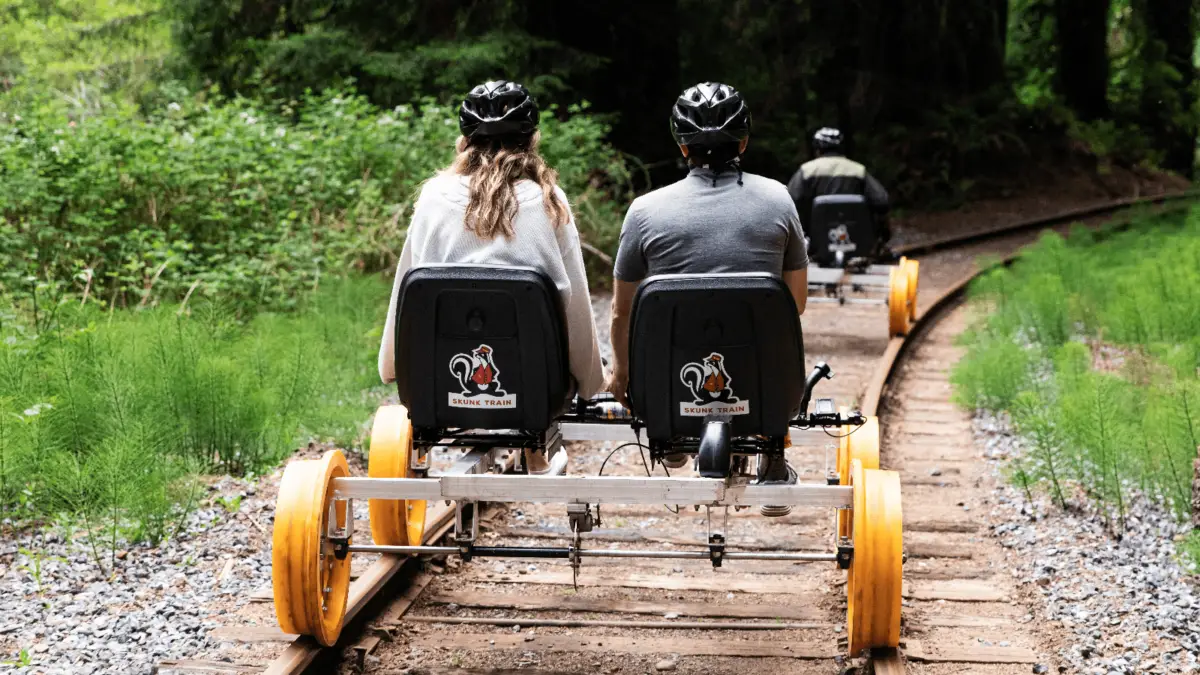
Where’s Willits you ask? It’s that little town on Highway 101 that you’ve passed through on the way to somewhere else. But that’s because you didn’t know about Ridgewood Ranch, home of the world’s most famous racehorse, Seabiscuit. Ever since the widespread success of Laura Hillenbrand’s 2001 novel and the subsequent 2003 blockbuster film, the sensational racehorse has put this pinprick of a town on the map. Tours are currently on hold due to Covid, but you can contact the ranch about self-guided nature walks through redwood groves and around a scenic lake. You can also board the Skunk Train for 2-hour round-trip ride from Willits, too. The inviting Baechtel Creek Inn not only offers a Seabiscuit-themed room, among others, but also packages including Skunk Train tickets.
Boonville
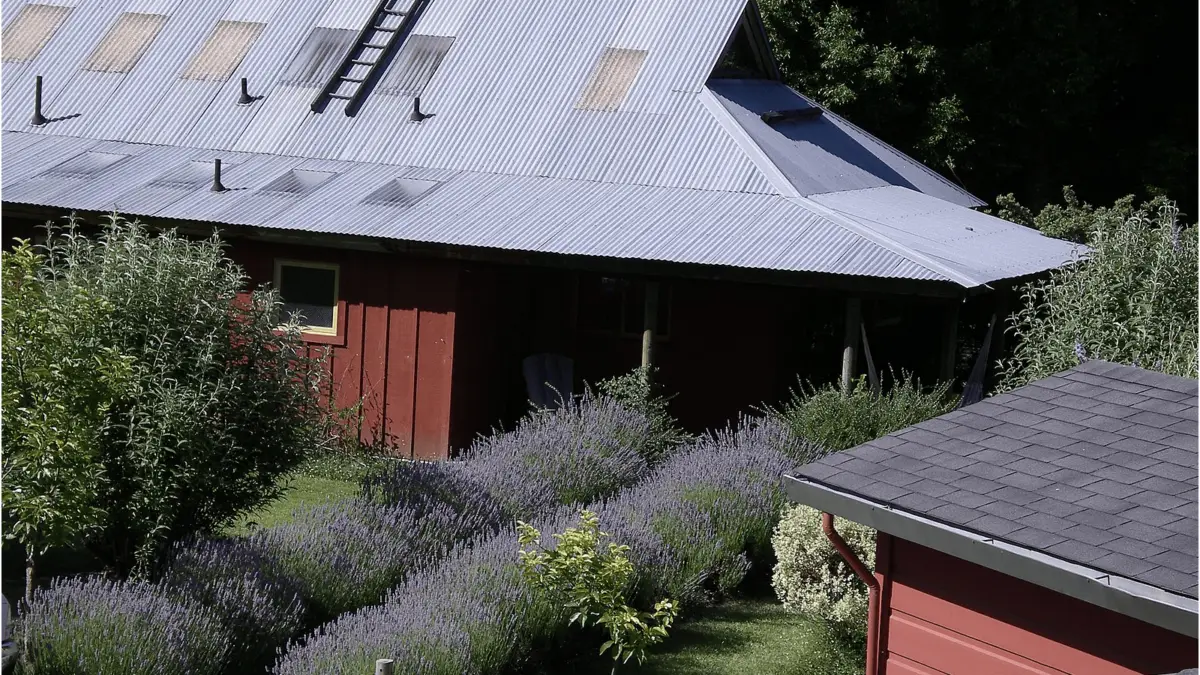
This speck of a town in the heart of the Anderson Valley is best known for a regional dialect called Boontling, developed by townsfolk at the beginning of the 20th century. No one really speaks Boontling anymore, though a few old-timers remember the lingo. Most people don’t know what the Boontling word for beer is, but the folks at the solar-powered Anderson Valley Brewing Company definitely do and will tell you while you sample their wares, preferably after trying your hand at the 18-hole disc golf course. Another must-visit is Boont Berry Farm, an organic-produce market and deli in a small weathered-wood building that turns out terrific treats. And if you want the ultimate romantic Anderson Valley getaway, book a room and dinner reservation at the charming Boonville Hotel & Restaurant.
Philo
For a glimpse of what Napa Valley looked like 30 years ago, visit the quiet, bucolic Anderson Valley and the productive little town of Philo. Once noted only for sheep, apples and timber, the Anderson Valley has become the premier producer of cool-climate California wines such as Chardonnay, Gewürztraminer and Riesling, and Philo is its epicenter. Some must-see wineries with tasting rooms in Philo include Phillips Hill, which specializes in producing small lots of superb Pinot Noirs and offers creekside tastings; Husch Vineyards, the oldest winery in the Anderson Valley, which serves samples of its Chardonnay, Pinot Noir and Gewürztraminer in a former 1900s pony barn; and Scharffenberger Cellars, which produces delicious parkling wines using the méthode traditionelle of Champagne — one reason it’s now part of France’s Louis Roederer Collection.
Looking for more things to do in the area?
Visit our What to Do in Northern California page!

